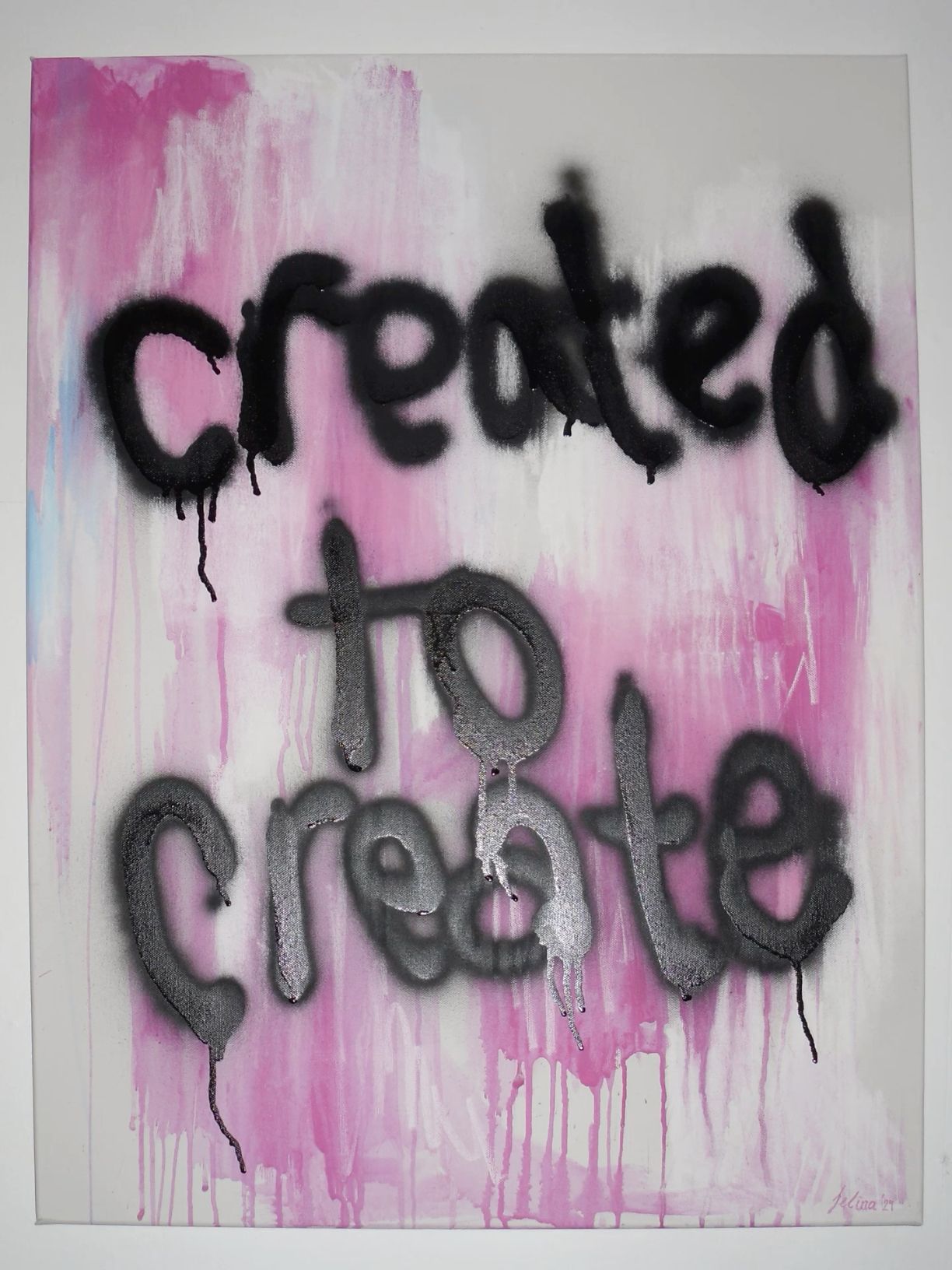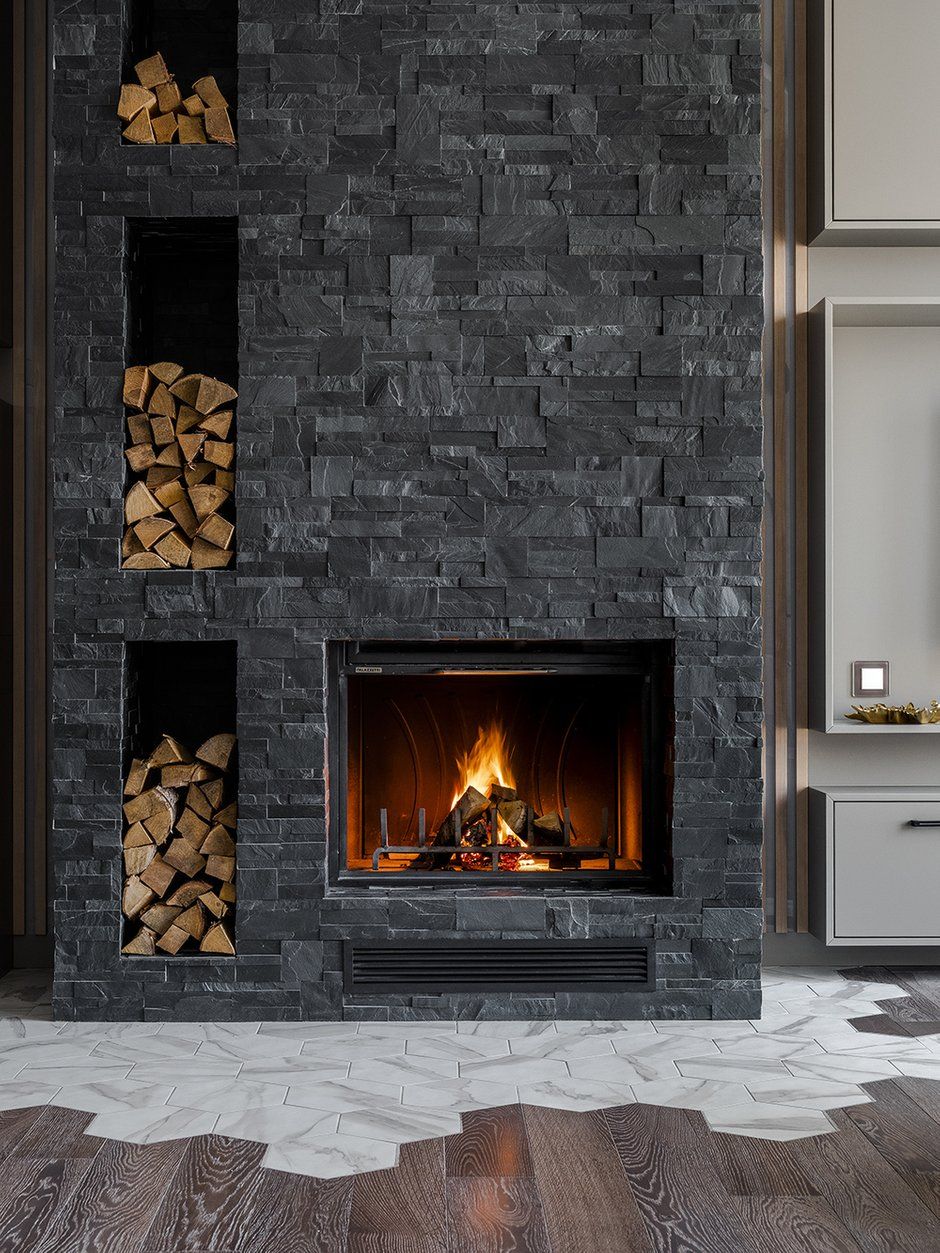Facilitate use of a range of configurators via API’s or plug-ins.
Data contained within digital objects can be used to explore, test and validate construction methods from the earliest project stages..The role of the designer is evolving to include the creation and maintenance of digital assets with great potential value.

Parties both within and outside the construction industry are developing new digital innovations to expand the MMC toolkit and realise this value.. A summary of key DfMA principles.I have tried to summarise the above in simple terms to illustrate how the DfMA landscape can be viewed in the context of the industry.. DfMA is a design approach that considers ways to efficiently construct buildings by manufacturing and assembling their constituent parts..Designers apply DfMA by considering, evaluating and applying the toolkit of innovations collectively referred to as MMC..

The MMC toolkit includes a range of systems, components and material and process innovations including off-site and site-based solutions.New MMC innovations are developed all the time.. Design to Value: moving forward with DfMA.

As designers we at Bryden Wood believe strongly in the DfMA approach and have used it successfully on many projects to achieve considerable benefits.. We advocate for any designer of buildings to apply a DfMA approach by considering efficient construction methods to leverage the benefits of manufacturing and assembly, and design with them in mind from the earliest stage.. Getting started with DfMA is the hardest part and too big a topic to discuss in detail here but a great first step is to keep up to date with MMC innovations and think about how those innovations can be used to deliver better project outcomes.. Clients can support greater uptake of DfMA by demanding the best value project outcomes to ensure a benefit-driven approach to MMC adoption is applied on their projects.. As the MMC toolkit grows it becomes more and more powerful.
It is great to see players across the whole construction industry developing new innovative approaches to construction that expand the MMC toolkit.. To help the industry move forward, governments also have a role to play by encouraging and rewarding innovation and providing streamlined (but still robust) regulatory approvals processes for MMC innovations.. With a strong and diverse MMC toolkit and growing DfMA experience in the design professions, the industry as a whole will be better positioned to seize the opportunity to deliver better performing buildings, with less resources, that deliver maximum value to clients.It could be similar to an Amazon model, but with products, sub-assemblies and systems supporting and providing value-driven data.
The data would reflect jobs supported, social value delivered, net-zero carbon emissions facilitated, safety promoted, as well as compliance with regulations and standards..Staying focused: collaboration, disruption & diversification.
The benefits of transforming construction will be enormous, but it won’t happen overnight.However, as long as we have a clear and compelling vision, and are all aiming for the same end goal, companies will be able to plot their own path to reach it.